Sigmund Freud Theory Pdf Download
In this article, we will learn About the Sigmund Freud Theory Pdf Download and explore three personality structures which are the id, ego, and superego we will also learn about the theory and Biography of Sigmund Freud with Examples and Images.
Who Was Sigmund Freud?
Sigmund Freud (1856–1939) was an Austrian neurologist best known for developing the theories and techniques of psychoanalysis, a method through which an analyst unpacks unconscious conflicts based on the patient’s free associations, dreams, and fantasies. His theories on child sexuality, libido, and the ego, among other topics, were some of the most influential academic concepts of the 20th century.
Freud’s Theories
According to Freud’s psychoanalytic view, which was influenced by his colleague Josef Breuer, neuroses have their roots in extremely traumatic events that happened in the patient’s past. He thought that the initial events had been forgotten and obscured from awareness. He gave his patients the tools they needed to tackle the experience both rationally and emotionally by helping them remember it and bring it to consciousness. Then, he thought, one may discharge it and get rid of the symptoms of neurosis.
Freud’s Theory of psychosexual development
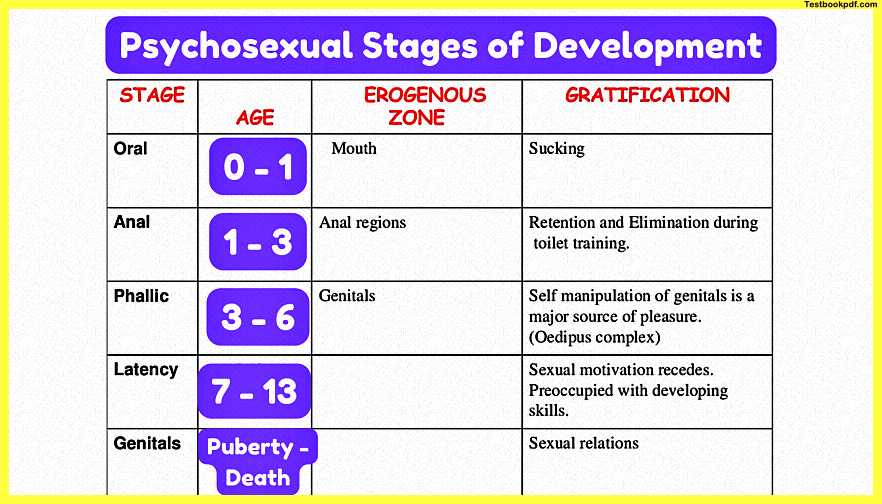
Freud’s theory of psychosexual development claims that as we grow up we pass through five critical phases.
Our sex drive, which Freud called the Libido, focuses on a different erogenous zone at each phase. The phases are called
- Oral
- Anal
- Phallic
- Latency
- Genital
If our experience during any of these phases was traumatic we might develop fixations later in life such as neurosis, dependencies addictions, or depression.
#1. Oral Phase ( Age 0-1 )
In the first year of our lives, we discover the world through our oral senses. Our main pleasure comes from sucking our mother’s breast or a bottle. The conflict that occurs now is the weaning from our primary caregiver.
- Hans is weaned off his mother’s breast without trauma.
- Ernst’s mother stops feeding him within four months of birth which is too early.
- Ida is often left alone crying when she is hungry.
After Some time
- Hans becomes a healthy and independent adult.
- Ernst suffers from trauma and develops an oral fixation. He tries to compensate for it by chewing gum all the time.
- Ida spends her entire life looking for the oral stimulation she was denied as an infant and therefore develops a manipulative and addictive personality.
#2. Anal Phase ( Age 1-3 )
The primary focus of our Libido at this age is the control of the bladder and bowel movements. We have to learn how to use the potty.
- Han’s parents praise his attempts to use the toilet and encourage him to learn at his own pace.
- Ernst’s parents force potty training on him too early and punish him for mistakes.
- Ida’s parents neglect any efforts at potty training entirely.
After Some time
- Hans develops a competent personality and a good and balanced relationship with authority.
- Ernst develops an anal retentive personality. He becomes an over-controlling and stingy adult with disgust for his own body and a tendency to obey authority.
- Ida develops an anal expulsive personality. She becomes messy disorganized inconsiderate of other people’s feelings and rebellious against authority.
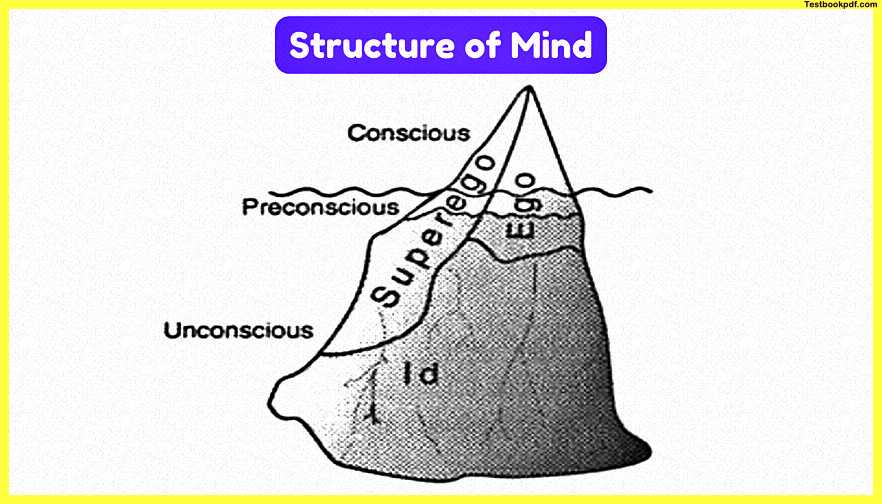
#3. Phallic Phase ( Age 3-6 )
Our Libido now turns to the genitals as we discover the differences between the female and the male gender. The boy’s conflict in this phase occurs as a rivalry with their father, also called the ‘Oedipus Complex.
- Ernst and Han desire to possess their mother and fantasize about getting rid of their father But they know that their father is stronger and fear being punished for their desire.
- Freud called this ‘Castration Anxiety. Ida experiences ‘Penis Envy’. She believes that a penis is the key to power and domination and also wants one.
After Some time
- Han’s father was very present during that phase. Later, Hans resolves this conflict by identifying strongly with him. He learns to take on a male role. As an adult, he respects both genders.
- Ernst, whose father was absent during that phase, fails to develop a strong sense of manhood. He has a mother fixation and is not sure about his sexuality. He also tends to be aggressive towards women and constantly needs to compete with other men.
- Ida, like all women, maintains her penis envy for the rest of her life which in her case causes an inferiority complex towards men.
#4. Latent Phase ( Age 7-13 )
In this phase, our Libido is suppressed as our sexual energy is being sublimed into developing life skills. Our Superego strengthens and we strongly identify with social values, same-sex heroes, and friends.
- Hans follows many hobbies.
- Ernst loves learning at school.
- Ida makes lots of new girlfriends.
There is no real conflict in this phase. All three of them are beneficial for the rest of their lives from the skills they developed during latency.
#5. The Genital Phase (Puberty to Death)
Once we reach puberty our libido starts to become active again and we develop an interest in sexual partners. Hans, Ida, and Ernst face the challenge of balancing the sexual desires of the Id and the needs of the Superego to obey social norms. The development of a strong Ego helps to find a compromise between the two.
- Hans, who has experienced a childhood without much trauma, succeeds in building a strong Ego. He is disciplined at work, has a loving relationship. and has a fulfilled sex life.
- Ernst’s Ego is weaker than his superego he obeys norms and authorities and as a result, suppresses his desires which leads to the development of perversions.
- Ida has a weak Ego and a weak Superego. Her sexual needs are more important than social norms or other people’s feelings. She is egoistic and feels no guilt for breaking the law or hurting others.
To understand the theory we need to see it in the context of Freud’s famous work on the unconscious. By acknowledging that we have a subconscious. He also implied that we store memories of early childhood and other experiences without even realizing it. These past experiences then unconsciously influence our behavior on a daily basis.
Some of Freud’s most discussed theories included: Id, ego, and superego:

These three components make up the core of the human psyche. The id is the primordial, impulsive, and irrational unconscious, which controls only sex and violent drives and only considers the outcome of pleasure or pain. The ego is the “I” that individuals believe exists and that judges the social and physical environment outside before making plans. Additionally, the superego serves as the ego’s moral conscience and voice, and when it is violated, guilt and worry are experienced.
According to Freud, the superego is largely created during the first five years of life based on the moral values of the person’s parents, and it is still impacted by other role models during adolescence.
Levels of consciousness
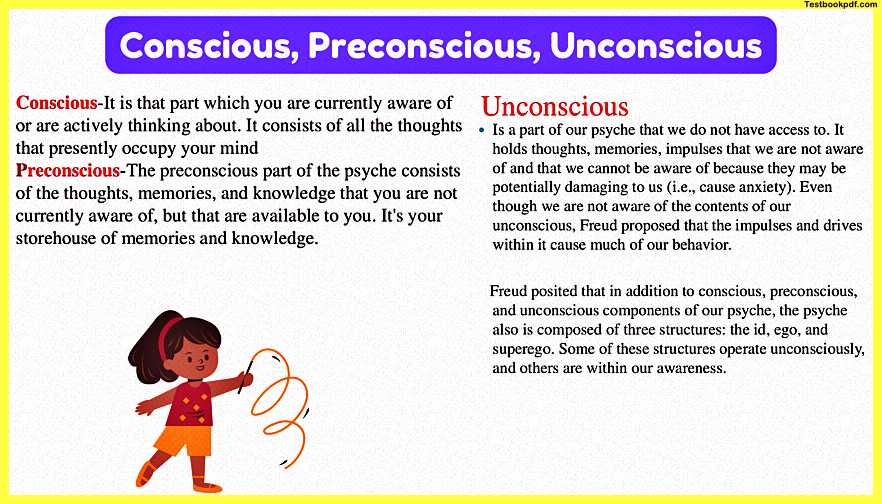
One of the most enduring and important ideas of Sigmund Freud was that the human mind can be divided into three levels of consciousness:
- Unconscious (ID)
- Conscious minds (EGO)
- Preconscious (SUPER EGO)
In this article, we will explore three personality structures which are the id, ego, and superego.
1. Id (Unconscious)
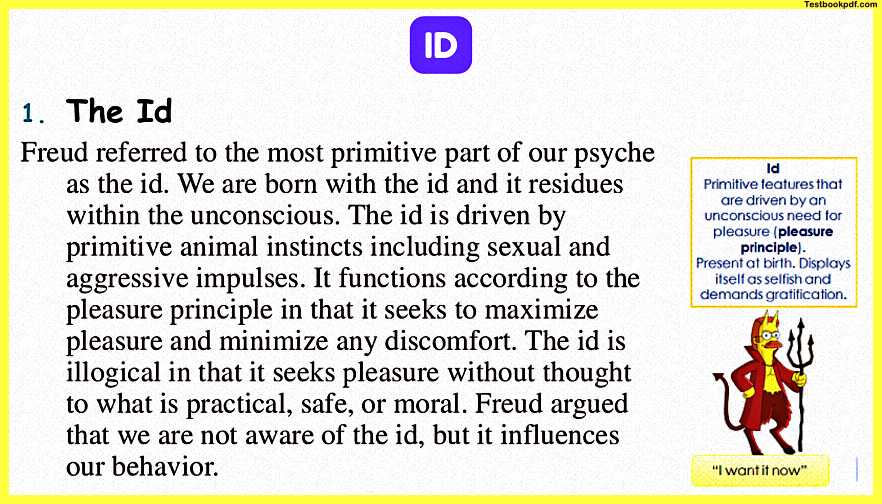
Because the id acts in our unconscious mind, consciousness cannot access it. The tiny devil who is whispering on your shoulder is a common representation of the id. He represents unconscious psychic energy that seeks to satiate primal desires like sex, gluttony, and aggressiveness. He is self-centered, instinctual, and impulsive. The pleasure principle, on which the id is specifically built, calls for instant gratification via experiencing pleasure and avoiding pain. Imagine a newborn wailing because he wants food and attention and doesn’t care what the repercussions will be. He wants everything now, no matter how much trouble it puts his parents through.
2. Superego (Mostly Unconscious)
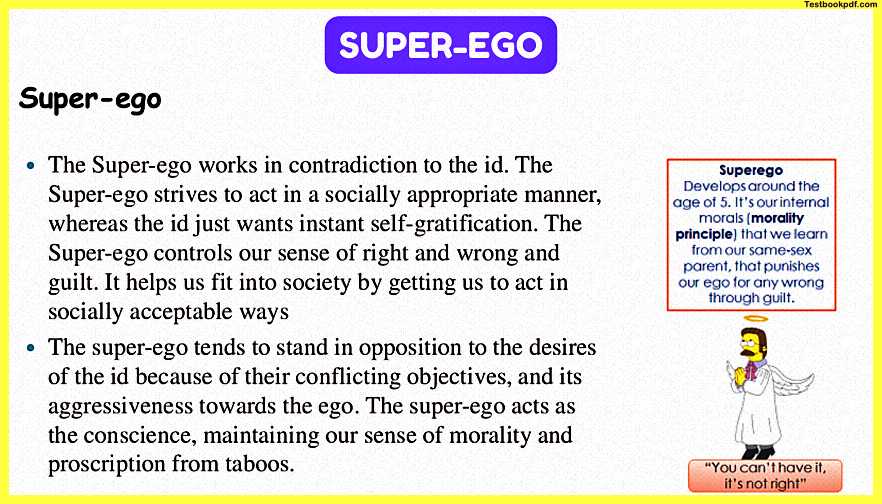
Next, the second personality structure is the superego, which is mostly unconscious and often pictured as the little angel smiling on your shoulder. He is like an internal judge who is based on moral principles. He tells you what is right and wrong, and what is socially acceptable to do, think, and feel, according to real-world rules, morals, and norms.
3. Ego (Conscious)
Finally, the third personality structure is the ego which is basically our conscious self. The ego is who we think we are, it has the ability to make decisions. The ego operates on the reality principle. It is like an executive mediator who tries to satisfy both the needs of the id and superego, in a realistic way. Let me give you a concrete example.
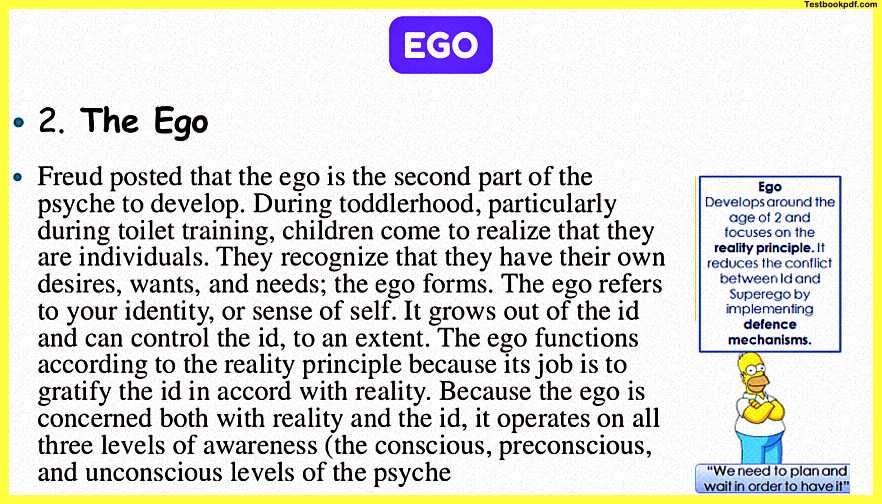
Imagine that you have to study for an exam or you have homework to do. The id is based on the pleasure principle and immediate gratifications so when you will start studying, you will have thoughts like “This is boring” and “Why am I doing this?” and the id will put pressure on you to do something pleasurable like watching a tv-series, going on social media, anything that will give you immediate gratification. Then, the superego is based on the moral principle and will act like a judge by giving you thoughts like “Doing my homework is the right thing to do” or “I should do it for my career” and the superego will pressure you by rewarding or punishing you.
For instance, you will feel proud, like a good student if you study, or ashamed like a terrible student if you quit your task before finishing it. Between the id and the superego, you have the ego which is based on the reality principle. The ego will find a compromise by analyzing both sides: “That’s right, this homework is a bit boring and I want to do something more pleasurable but if I don’t make it, I might fail my exam or my class” and so the ego will find a decision, in a realistic way.
Sigmund Freud: Founder of Psychoanalysis
Sigmund Shlomo Freud was an Austrian neurologist and the founder of Psychoanalysis. Freud theorized that the Unconscious would remember and store all our experiences later they pop up from time to time through dreams and associative thoughts. By revealing traumatic memories and desires through conversation we can free ourselves from our neuroses and live a more healthy and fulfilled life. He recommended we should not strive to eliminate our complexes but to get in accord with them. They are legitimately what directs our conduct in the world.
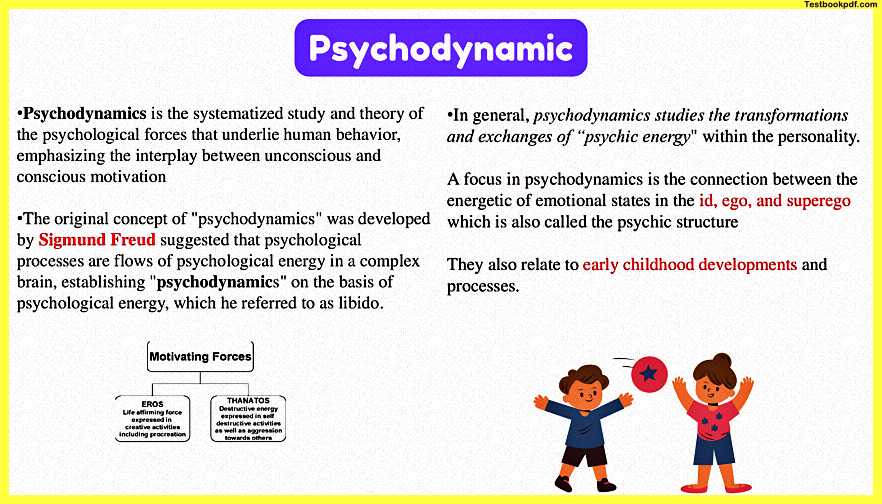
Psychic energy
Freud postulated that the id was the basic source of psychic energy or the force that drives all mental processes. In particular, he believed that libido, or sexual urges, was psychic energy that drives all human actions; the libido was countered by Thanatos, the death instinct that drives destructive behavior.
Oedipus complex
Between the ages of three and five, Freud suggested that as a normal part of the development process all kids are sexually attracted to the parent of the opposite sex and in competition with the parent of the same sex. The theory is named after the Greek legend of Oedipus, who killed his father so he could marry his mother.
Dream analysis
In his book The Interpretation of Dreams, Freud believed that people dreamed for a reason: to cope with problems the mind is struggling with subconsciously and can’t deal with consciously. Dreams were fueled by a person’s wishes. Freud believed that by analyzing our dreams and memories, we can understand them, which can subconsciously influence our current behavior and feelings. Freud’s theories were no doubt influenced by other scientific discoveries of his day.
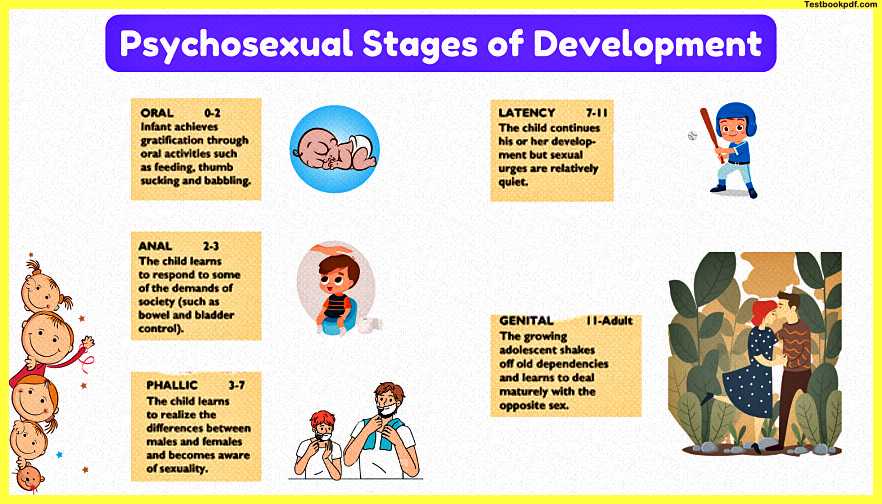
Sigmund Freud (Humankind)
Freud’s study of human behavior was undoubtedly influenced by Charles Darwin’s view of people as advanced members of the animal kingdom. Furthermore, Hermann von Helmholtz’s new theory, which states that energy in any given physical system is always constant, guided Freud’s scientific research into the human mind.
No one has had a greater impact on psychology science than Sigmund Freud, whose work has received both fervent admiration and harsh criticism.
For a while, Freud’s theories were not treated with the same level of reverence that they would later receive. His emphasis on sensuality was viewed by the majority of his peers as either scandalous or overdone.
He was invited to give a series of lectures in the United States in 1909, but his renown didn’t begin to soar until his book Five Lectures on Psycho-Analysis was published in the years that followed in 1916.
Sigmund Freud’s Books
A number of significant publications on psychoanalysis have been written by Freud. Among the most significant are:
Studies in Hysteria (1895)
In this book, Freud and Breuer revealed their beliefs and research. They expressed their theories that a psychoanalyst can assist a patient in overcoming neuroses by having the patient address prior trauma.
The Interpretation of Dreams (1900)
Freud produced his most significant and defining work, which asserts that dream analysis can provide insight into the operations of the unconscious mind, in 1900, following a serious period of self-examination. The novel generated hot-button issues like the Oedipus complex and continues to do so.
According to many psychologists, this study was the catalyst for the development of psychology, psychiatry, and psychoanalysis as modern scientific disciplines.
The Psychopathology of Everyday Life (1901)
This book gave rise to the term “Freudian slip,” which refers to the psychological significance of word misuse in casual writing and speech as well as the forgetting of names and terms. Through a series of illustrations, he demonstrated how these slips exposed our hidden fantasies, concerns, and desires.
Three Essays on the Theory of Sexuality (1905)
While no one person will perish without sex, mankind as a whole would, according to Freud, who believed that sex drives human nature. Without using his contentious Oedipal complex, he examines sexual development and the connection between sex and social conduct in this work.
Sigmund Freud was born when and where?
On May 6, 1856, Sigmund Freud was born in the Austrian town of Freiberg, which is now in the Czech Republic.
Sigmund Freud’s Early Life and Education
Freud’s family relocated to Vienna when he was four years old; this is where he would spend the majority of the rest of his life living and working. He graduated from medical school in 1881. Freud studied medicine and was a budding researcher who specialized in neurobiology, studying the anatomy and physiology of both human and animal nerve systems.
Sigmund Freud’s Early Career
Freud established a private practice as soon as he had his degree and started treating various psychiatric conditions. Instead of thinking of himself as a doctor first and foremost, he made an effort to comprehend the development of human knowledge and experience. Early in his career, Josef Breuer, a friend, and colleague from Vienna observed that when he allowed a hysterical patient to talk freely about the first instances of the symptoms, the symptoms might occasionally gradually go away. This discovery had a profound impact on Freud. Breuer and Freud collaborated extensively until Breuer felt that Freud was entirely unwilling to entertain other points of view and overly focused on the sexual causes of a patient’s neuroses. Freud kept honing his own case in the meantime.
Sigmund Freud’s Wife and Kids
Freud and Martha Bernays became engaged in 1882 and later married. The marriage produced six kids, the youngest of which, Anna Freud, later rose to prominence as a prominent psychologist.
Sigmund Freud Death
In 1938, Freud escaped Austria to avoid the Nazis, and on September 23, 1939, he committed suicide in England at the age of 83. After a protracted and grueling struggle with oral cancer, he had asked his doctor for a deadly dose of morphine.
Thanks for reading this article.
Read also:
Abraham Maslow Hierarchy of Needs Pdf Download
Erik Erikson Stages of Development (8 Stages+Theory+Images)
Piaget Theory Of Cognitive Development Pdf Download Complete
